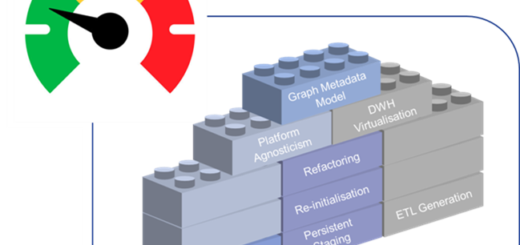Introducing Agnostic Data Labs
I am very excited to announce the launch of Agnostic Data Labs (ADL), the latest & greatest data warehouse / data solution automation platform.
ADL has been developed by Stefan Johansson and myself as a modern, flexible and easy-to-use solution aimed at creating and managing data solutions as easy as possible.
We are very proud to have this first beta version available, and ready to use, for a small number of interested projects. Please reach out to use via contact@agnosticdatalabs.com, or register your interest on our homepage.

ADL is a built on the principles of, and fully integrates with, the open source engine for data solution automation. ADL leverages the schema for data solution automation and is (bi-directionally) compatible with the existing open-source TEAM and Virtual Data Warehouse (VDW) automation frameworks.
For existing projects using (parts of) the engine ecosystem of frameworks and technologies ADL could be a welcome addition.
With ADL, you can create data solutions based on various forms for Ensemble Models (Data Vault, Anchor etc.), Dimensional Models and / or data lake approaches. We provide a number of starter architectures (solutions) out of the box to showcase how certain approaches can be implemented.
But, we have taken great care to make ADL flexible and extensible. This is because we strongly believe data solutions need to evolve to make the most out of changing technology, progressive understanding of the methodologies used, and -last but certainly not least- the direction the business is heading.
With ADL, there is no vendor lock-in, no forced opinions on how to implement methodologies (‘non-opinionated’). Everything is open, visible and template-based.
This makes it is easy for a designer / developer to change certain conventions, approaches and implementation choices to suit the project’s needs, or to evolve with the progressive understanding of the data, the modelling approach used, and the technology on which the data solution is built.
ADL natively integrates with GIT, so all changes in the design are tracked and visible for all developers as part of the project’s Git workflow. In other words, the metadata repository -managed through ADL- exists in Git and through this approach can facilitate large and decentralised teams to collaborate on a single data warehouse.
The implementation of the schema for data solution automation provides lineage and graph capabilities, which provide a massively improved design experience over the TEAM grid.
We genuinely feel this approach is the ‘way to go’ – and can’t wait to hear your feedback.



